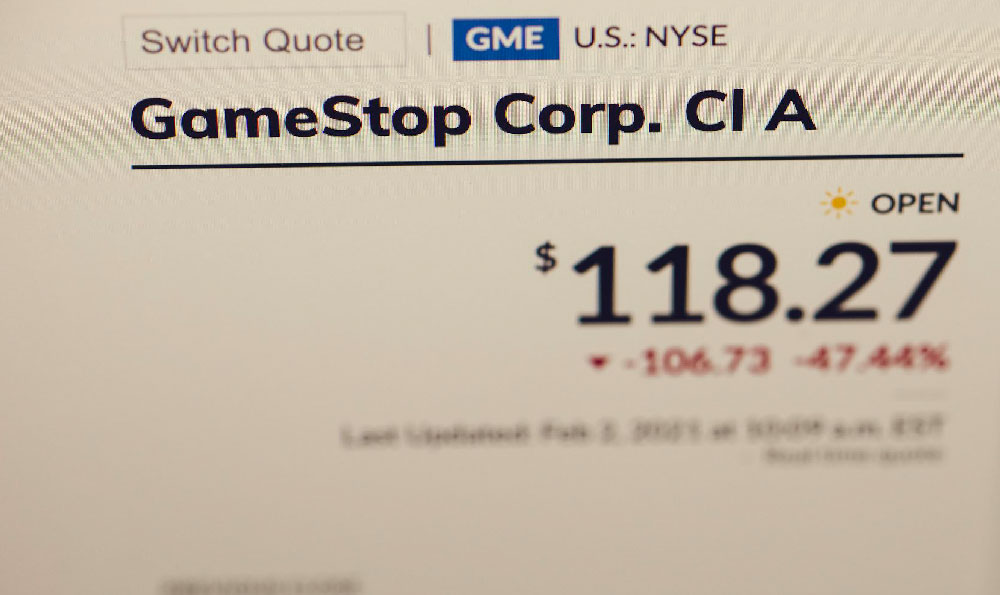Investing in the Texas Stock Exchange: How and Where?

Investing in the Texas Stock Exchange (TXSE): A Deep Dive into Opportunities and Strategies
The buzz surrounding the Texas Stock Exchange (TXSE) is undeniable. As a new player poised to challenge the established dominance of the NYSE and Nasdaq, it understandably piques the interest of seasoned investors and newcomers alike. The allure of tapping into a burgeoning market, potentially capturing early-stage growth, is a powerful draw. However, approaching this nascent exchange with a blend of informed enthusiasm and prudent caution is crucial. Before diving into the "how" and "where," let's dissect the "why" and the "what" – understanding the TXSE's unique value proposition and its potential impact on the investment landscape.
Understanding the TXSE: A New Dawn for Texas and Beyond?

The TXSE's ambition is significant: to foster a more inclusive and competitive marketplace. Its founders aim to cater specifically to companies in the South and Southwest, regions experiencing robust economic growth and entrepreneurial dynamism. This targeted approach, coupled with a commitment to lower listing fees and less stringent regulatory burdens compared to the established exchanges, could attract a wave of companies seeking public funding. The anticipated focus on sectors like energy, technology, and healthcare, core strengths of the Texas economy, could provide investors with concentrated exposure to these high-growth areas.
Furthermore, the TXSE intends to champion investor interests by promoting transparency and accountability. While details are still unfolding, promises of improved corporate governance standards and a more level playing field are encouraging. However, it's essential to remember that these are aspirations, and the exchange's success will depend on its ability to translate these promises into reality.
The "How": Navigating the Investment Landscape
Investing in the TXSE won't be a straightforward process initially. As a new exchange, it will likely take time to build liquidity and attract a diverse range of market participants. Here's a breakdown of potential investment avenues:
-
Direct Stock Purchases: Once the exchange is operational and companies begin listing, investors will likely be able to purchase shares directly through brokerage accounts. Ensure your brokerage platform supports trading on the TXSE. This will involve the typical processes of researching listed companies, analyzing their financial performance, and placing buy orders.
-
Exchange-Traded Funds (ETFs): It's highly probable that ETFs tracking the TXSE or specific sectors within it will emerge. These ETFs would offer diversified exposure to a basket of TXSE-listed stocks, reducing the risk associated with investing in individual companies. Keep an eye out for fund providers launching such products as the exchange matures.
-
Mutual Funds: Similar to ETFs, mutual funds focused on Texan companies or sectors represented on the TXSE could become available. These funds are actively managed by professional fund managers who make investment decisions on behalf of the fund's investors.
-
Initial Public Offerings (IPOs): The TXSE is expected to facilitate numerous IPOs of companies seeking to go public. Participating in these IPOs could offer the opportunity to invest in promising companies at an early stage. However, IPOs also carry significant risk due to their inherent volatility and limited historical data.
The "Where": Accessing the TXSE Marketplace
Currently, the TXSE is not yet operational. Once launched, access will likely be through established brokerage platforms that support trading on the exchange. It's prudent to contact your current broker or explore alternative brokers that have expressed interest in facilitating TXSE trades.
-
Online Brokerage Platforms: Many online brokerage platforms offer access to various stock exchanges globally. Research which platforms will support TXSE trading and compare their fees, trading tools, and research resources.
-
Full-Service Brokerage Firms: Full-service brokerage firms provide personalized investment advice and services, which could be beneficial for navigating a new and potentially volatile market like the TXSE. However, these services typically come with higher fees.
-
Financial Advisors: Consulting with a qualified financial advisor is always a wise decision, particularly when venturing into new investment territories. A financial advisor can assess your risk tolerance, investment goals, and time horizon to develop a tailored investment strategy for the TXSE.
Risk Management: Navigating the Uncharted Waters
Investing in a new exchange, particularly one with a specific regional focus, inherently carries higher risk than investing in established exchanges. Here's a framework for managing those risks:
-
Diversification: Avoid putting all your eggs in one basket. Diversify your investment portfolio across different asset classes, sectors, and geographic regions to mitigate the impact of potential losses on the TXSE.
-
Due Diligence: Thoroughly research any company before investing in its stock. Analyze its financial statements, business model, competitive landscape, and management team. Don't rely solely on hype or speculation.
-
Position Sizing: Allocate a smaller portion of your portfolio to TXSE investments compared to your investments in established markets. This limits your potential losses if the exchange or specific companies perform poorly.
-
Stay Informed: Closely monitor the performance of the TXSE and the companies you invest in. Stay updated on relevant news, regulatory developments, and market trends.
-
Long-Term Perspective: Approach TXSE investments with a long-term perspective. Building wealth takes time, and short-term market fluctuations are inevitable.
Conclusion: A Cautiously Optimistic Outlook
The Texas Stock Exchange represents a potentially exciting development for the investment world. Its focus on regional growth, lower listing fees, and enhanced investor protections could create valuable opportunities for both companies and investors. However, a measured and informed approach is essential. Conduct thorough research, manage your risks prudently, and consult with financial professionals to navigate this new landscape successfully. As the TXSE evolves, its impact on the financial markets will become clearer, providing investors with a more solid foundation for making informed decisions. Remember that investing is a marathon, not a sprint, and patience is often the key to long-term success.















